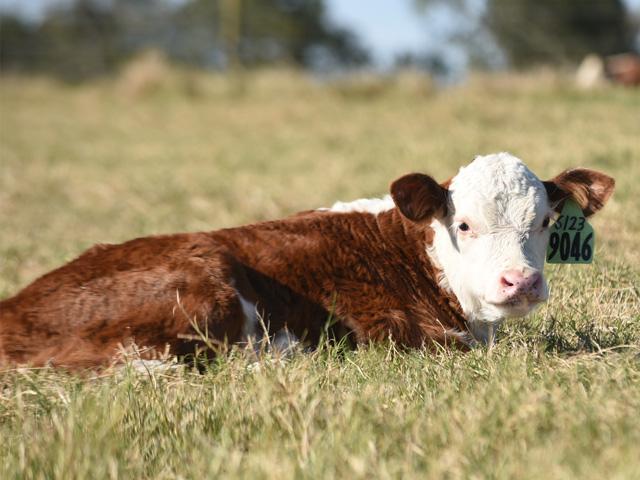Ask the Vet
Curve Benders Become More Common
Question
I have been noticing my fall calves seem to have been getting earlier over the years? This year, several calves were two to three weeks early. These are AI (artificially inseminated) and ET (embryo-transfer) calves, as well as natural bred cows, all coming before their due date based on bull turnout times. The calves are small but vigorous. One was 45 pounds, but the rest have been in the upper 50- and 60-pound ranges. Do you have any thoughts on what may be going on?
P[L1] D[0x0] M[300x250] OOP[F] ADUNIT[] T[]
Answer
You are not the only one who has noticed this. There are a lot of opinions as to why this is happening, and more research needs to be done. The most common theory I hear, and the one I believe, is that we have, as an industry, put a lot of emphasis on low-birthweight, calving-ease bulls in the last few years.
There is talk about "curve benders" with low birthweights and high weaning and yearling weights. How do you get low birthweight and high growth numbers? The easiest way is shorter gestation periods. When you stack generation after generation of calving-ease genetics, I believe we see calves coming days to weeks earlier than the traditional 283-day gestation period.
This seems to be more common with fall-born calves than spring-born calves. One theory has to do with winter nutrition in the second trimester, but more research needs to be done on both these issues.
While low birthweight and calving ease are extremely important in heifers, I feel we can get birthweights too low in mature cows and, as a result, may lose production. The answer comes back to looking for bulls' optimal expected progeny differences (EPDs), and these can be different for heifers and mature cows.
I would like to hear reader perspectives on these issues. I believe this is an extremely important issue.
(c) Copyright 2020 DTN, LLC. All rights reserved.





